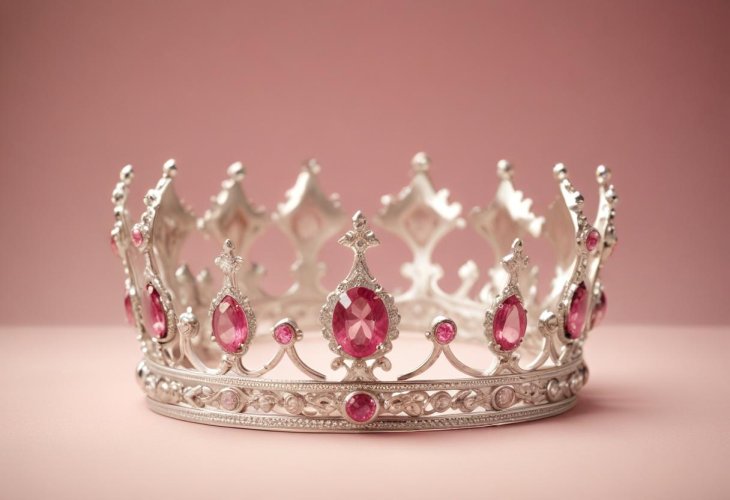Torah Personalities
Can a Woman Become a Nazirite?
A surprising Torah law, a debate in 19th-century Pressburg, and the remarkable story of Queen Helena's 21-year vow

The Torah Law of Nazirites
In Parshat Naso, the Torah introduces the laws of the Nazir, an individual who voluntarily takes a vow of abstinence, including refraining from wine, avoiding impurity from corpses, and not cutting their hair. While Nazirite vows are rare today, the mitzvah remains in effect: if someone says, “I am hereby a Nazirite,” the vow is valid and binding.
This raises a question: can a woman also take on a Nazirite vow?
A Rabbinic Debate in Pressburg
This very issue sparked a debate in Pressburg (modern-day Bratislava) around 200 years ago. Two Torah scholars disagreed: one claimed that halachic sources never mention a female Nazirite, while the other argued the opposite, bringing several proofs that a woman can indeed become a Nazira. They also debated whether this could be inferred from other Torah laws.
When the disagreement intensified, they brought the question to the revered Rabbi Moshe Sofer, the Chatam Sofer, head of the Pressburg Yeshiva. His answer was concise and sharp: “I have a small book at home, called a Chumash, and I found written in it: ‘Whether a man or a woman shall clearly utter a vow, the vow of a Nazirite…’” (Numbers 6:2).
Indeed, the Torah explicitly permits both men and women to take the Nazirite vow.
Queen Helena of Adiabene: A Nazirite for 21 Years
The Talmud offers a fascinating historical example of a female Nazirite: Queen Helena of Adiabene, a kingdom located near modern-day Iran. When her son went off to war, she vowed that if he returned safely, she would become a Nazirite for seven years. He did return, and she upheld her vow.
Later, when she came to the Land of Israel, the sages of Beit Hillel ruled that she must observe the Nazirite vow again for another seven years due to a halachic (Jewish legal) technicality. At the end of the second term, she became ritually impure and had to start again, ending up observing Nazirut for a total of twenty-one years.
Helena first encountered Judaism through a Jewish jewelry merchant named Hananiah. She converted, moved to Jerusalem, and became a prominent and generous supporter of the city’s sages and institutions. She built a palace in Jerusalem, donated a golden chandelier and a gold plaque inscribed with the Sotah passage to the Temple, earning her the praise of the Sages who applied the verse “The memory of the righteous is for a blessing” to her.
Her son, King Monobaz, was the one whose return from battle triggered her vow.
The Legacy of a Righteous Queen
Since a Nazirite may not become ritually impure or cut their hair, Helena would have had extremely long hair and presumably a custom-fitted crown. Her tomb still stands in Jerusalem in a site known as the “Tombs of the Kings,” which matches the description given by the ancient historian Josephus and contains an inscription confirming her burial there.
Queen Helena's story remains a powerful example of female devotion and religious observance in Jewish history, proving that even ancient vows made by royal women can leave a lasting impression.

